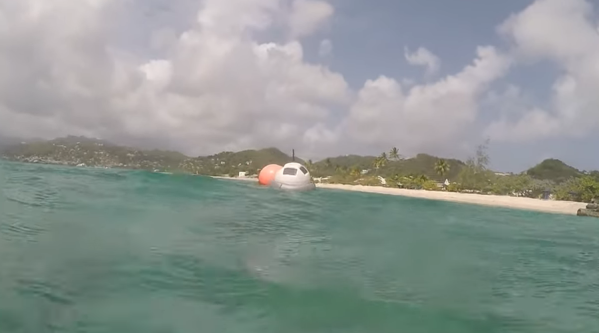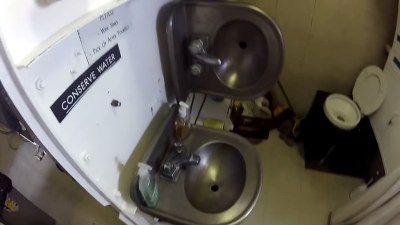If you had to guess, what do you think it would take to build an ocean-going buoy that could not only survive on its own without human intervention for more than two years, but return useful data the whole time? You’d probably assume such a feat would require beefy hardware, riding inside an expensive and relatively large watertight vessel of some type — and for good reason, the ocean is an unforgiving environment, and has sent far more robust hardware to the briny depths.
 But as Wayne Pavalko found back in 2016, a little planning can go a long way. That’s when he launched the first of what he now calls Maker Buoys: a series of solar-powered drifting buoys that combine a collection of off-the-shelf sensor boards with an Arduino microcontroller and an Iridium Short-Burst Data (SBD) modem in a relatively simple watertight box.
But as Wayne Pavalko found back in 2016, a little planning can go a long way. That’s when he launched the first of what he now calls Maker Buoys: a series of solar-powered drifting buoys that combine a collection of off-the-shelf sensor boards with an Arduino microcontroller and an Iridium Short-Burst Data (SBD) modem in a relatively simple watertight box.
He guessed that first buoy might last a few weeks to a month, but when he finally lost contact with it after 771 days, he realized there was real potential for reducing the cost and complexity of ocean research.
Wayne recalled the origin of his project and updated the audience on where it’s gone from there during his 2024 Supercon talk, Adventures in Ocean Tech: The Maker Buoy Journey. Even if you’re not interested in charting ocean currents with homebrew hardware, his story is an inspirational reminder that sometimes a fresh approach can help solve problems that might at first glance seem insurmountable.
Continue reading “Supercon 2024: Exploring The Ocean With Open Source Hardware”















